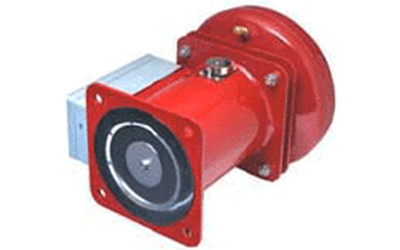BS&B IPD Explosion Suppression and Isolation Systems
More Information
INS-DS-0084 Explosion Suppression Systems
Australia Tel: +61 (0)2 9428 7300
Indonesia Tel: +62 21 3040 4422
New Zealand Tel: +64 (0)7 850 2610
South Africa Tel: +27 (0)10 900 2055
Description
The BS&B IPD Explosion Suppression and Isolation Systems from BS&B and HMA Instrumentation feature a lightweight, modular design to deliver extinguishing agents into a rapidly-developing fire in order to suppress it before it reaches potentially destructive proportions. The main components are a unitised sensor, a power supply module, a system monitor, and several explosion suppression cannons. The cannon module inserts the extinguishing agent into the rapidly-developing fire in order to extract heat. For isolation applications where the discharge of suppressant into the process is unacceptable, or in cases where a pressure-isolating barrier is required, rapid-response isolation valves can also be supplied as per customer requirements.
BSB IPD Explosion Suppression Systems
The BS&B IPD Explosion Suppression Systems from BS&B and HMA Instrumentation protection process enclosures where dust suspended in air represents an explosion hazard. The early stages of the pressure rise associated with a dust explosion are detected by a unitised sensor mounted to the equipment to be protected.
When at least two of three individual pressure sensors within the unitised sensor respond, an electrical signal activates the explosion suppression cannons installed on the equipment, resulting in the pulverised suppression agent (food-compatible sodium bicarbonate) to be energised and discharged from the front of the cannon into the equipment. This extinguishes the early stages of combustion of the process material before it builds into a deflagration, which can generate a pressure (Pmax) exceeding the strength of the process equipment.
A system monitor supplies electrical power to the unitised sensor and the explosion suppression cannons at intrinsically safe levels, making them ideal for use in Class I, II, and III, Division 1, hazardous locations. External relays are activated to shut equipment down so as to stop the supply of combustible material and to generate an alarm.

